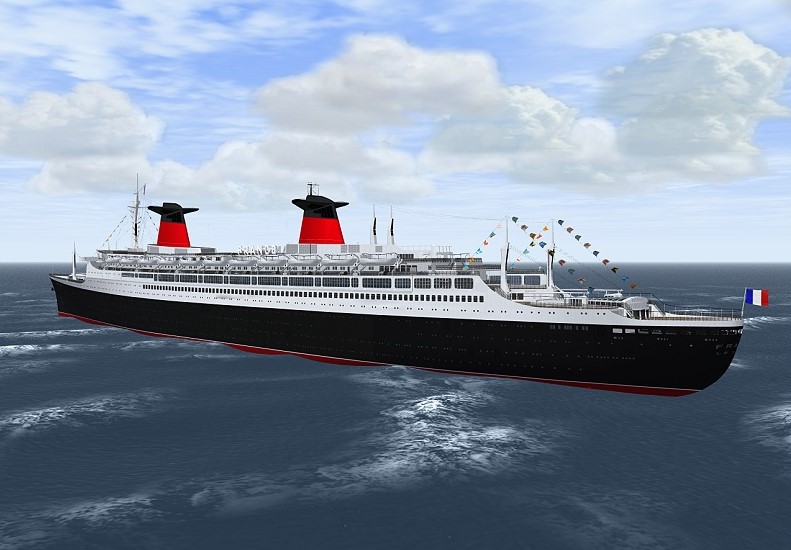

Maguire, to identify the locations of their crew mates still in the water. From the wreckage, Kennedy ordered the men with him, Edgar Mauer and John E. But the destroyer's wake dispersed the burning fuel, and when the fire began to subside, Kennedy sent his men back to what was left of the boat. The one man below decks, engineer Patrick McMahon, miraculously escaped, although he was badly burned by exploding fuel.įear that PT 109 would go up in flames drove Kennedy to order the men who still remained on the wreck to abandon ship. Most of the crew were knocked into the water. The impact tossed Kennedy around the cockpit. The destroyer, later identified as the Amagiri, struck PT 109 just forward of the forward starboard torpedo tube, ripping away the starboard aft side of the boat. When it became apparent that it was one of the Japanese destroyers, Kennedy attempted to turn to starboard to bring his torpedoes to bear. The young lieutenant and his crew first believed it to be another PT boat. At about 2:30 in the morning, a shape loomed out of the darkness three hundred yards off PT 109's starboard bow. The three boats spread out to make a picket line across the strait.

Lieutenant Kennedy rendezvoused his boat with two others, PT 162 and PT 169. The few that still had torpedoes remained in the strait for another try. Boats that had used up their complement of torpedoes were ordered home. No US vessels suffered hits or casualties. Thirty torpedoes were fired without damaging the Japanese ships. When the patrol actually did come in contact with the Tokyo Express-three Japanese destroyers acting as transports with a fourth serving as escort-the encounter did not go well. PT-109 stood at her station, one of fifteen PT boats ("Patrol Torpedo" boats) that had set out to engage, damage, and maybe even turn back the well-known "Tokyo Express." US forces gave that name to the Japanese navy's more or less regular supply convoy to soldiers fighting the advance of US forces in the islands farther south. Inky blackness like this could have a disorienting effect, even on experienced sailors. In Blackett Strait, south of Kolombangara in the Solomon Islands, the starless, moonless night of August 1, 1943, was profoundly dark. Kennedy's encounter with a Japanese destroyer on the night of August 1, 1943, may be the most famous small-craft engagement in naval history, and it was an unmitigated disaster.Īt a later date, when asked to explain how he had come to be a hero, Kennedy replied laconically, "It was involuntary.


 0 kommentar(er)
0 kommentar(er)
